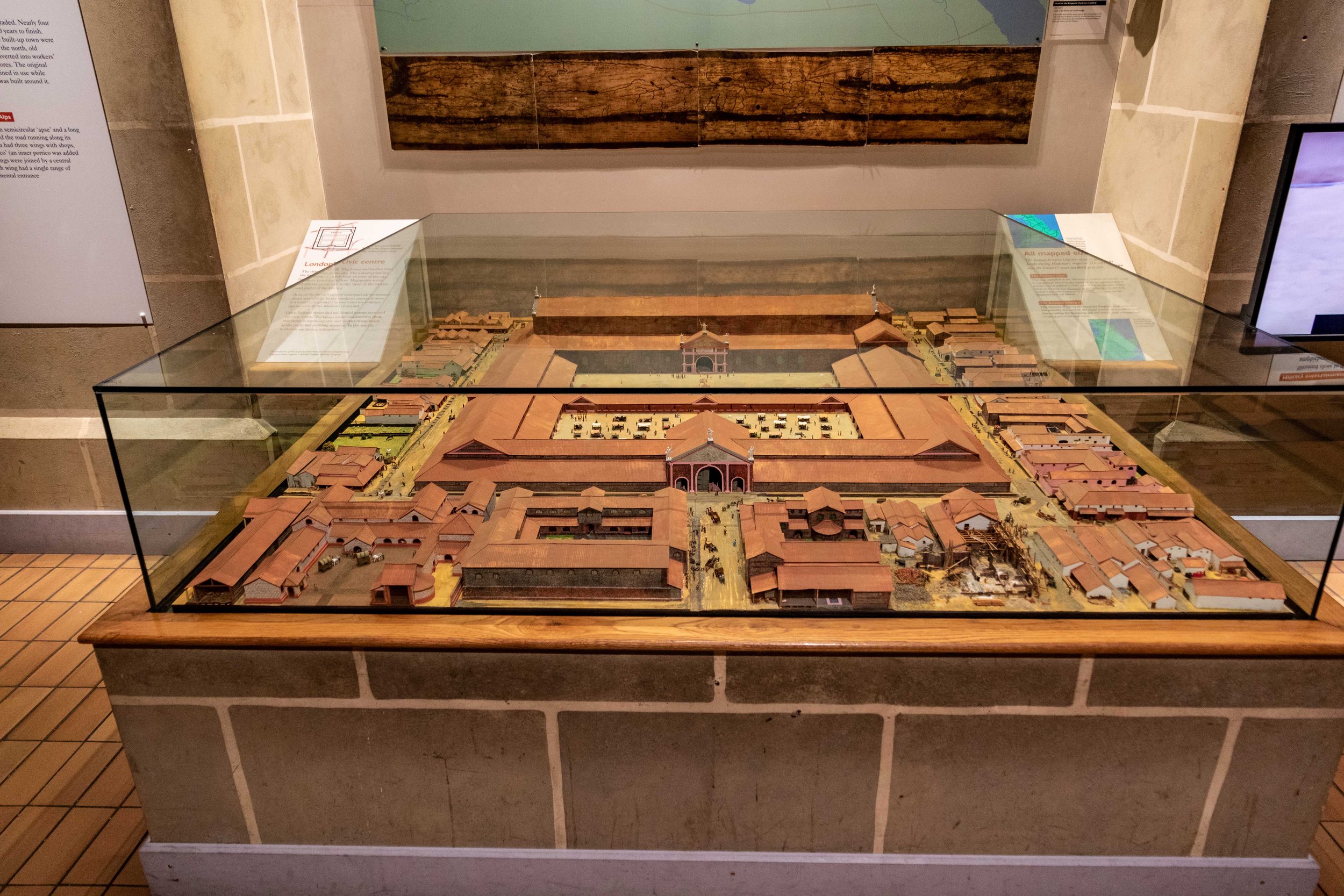Deir el-Bahari; the stunning mortuary temple of the female pharaoh of Ancient Egypt, Hatshepsut, who was erased from history.
/Your first view of Hatshepsut’s mortuary temple at Deer el-Bahari will leave you stunned. What an amazing place with some people believing that this is the most beautiful of all the Egyptian temples. Hatshepsut, was to become a royal princess, the “Great Royal Wife”, Queen of Egypt, Queen Regent of Egypt and finally, Pharaoh in her own right, despite not being male. She was to wear the royal kilt of a pharaoh, the crowns of Upper and Lower Egypt, as well as a false beard just like all other Pharaohs. Many egyptologists believe that she was an astute and wise leader who had the ability to choose good advisers. To leave her mark, she did not only build her mortuary temple, she also erected 4 obelisks at the Karnak temple in Luxor. The red granite obelisks weighed up to 250 000 tons and had to use 27 boats to move them from Aswan in the south.
Read More





























The Temple Church was the headquarters of the Knights Templar in London. The Templars have a fascinating history, have been linked to the “Holy Grail” and in modern times have featured in Dan Brown’s Da Vinci Code. In the film of book of his book, the key characters visit the temple in their quest to find the grail. In 1215 AD, it was the place that key negotiations for Magna Carta took place in the reign of King John. On stepping inside the Temple Church, eight effigies can be observed , one of which is William Marshall, known as “the greatest ever knight”.